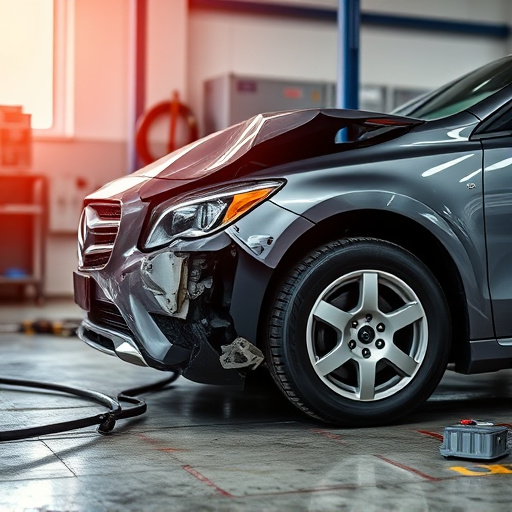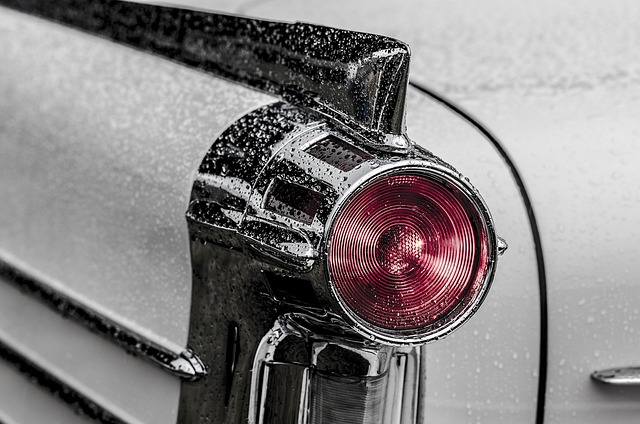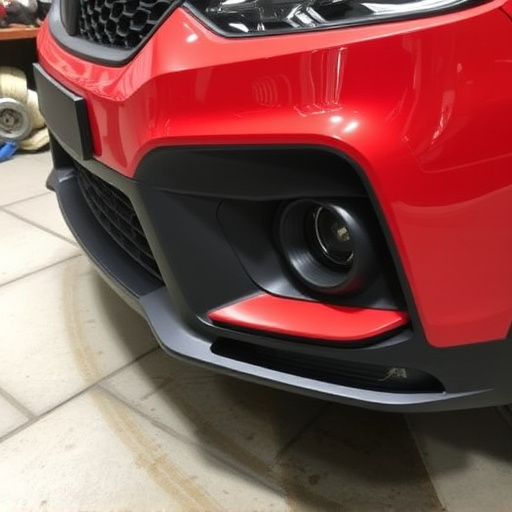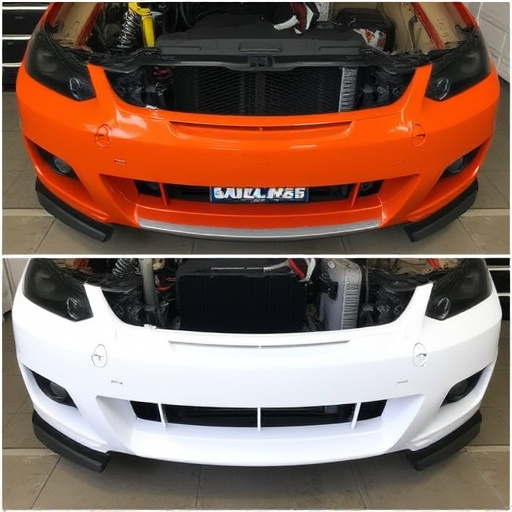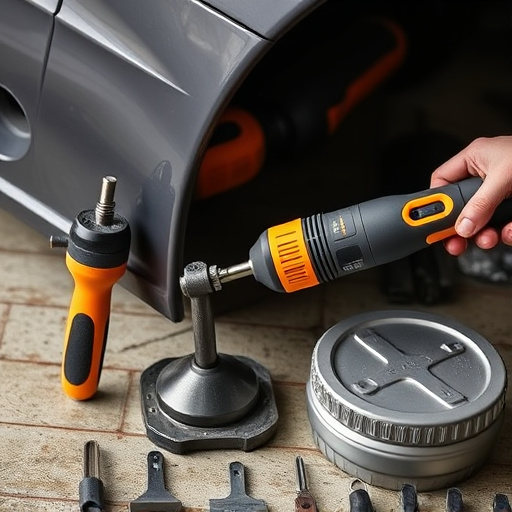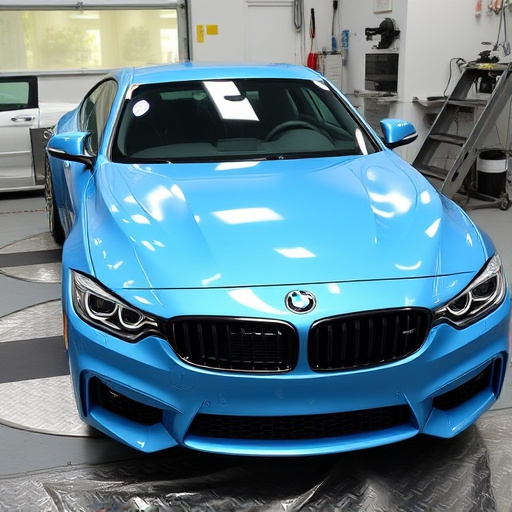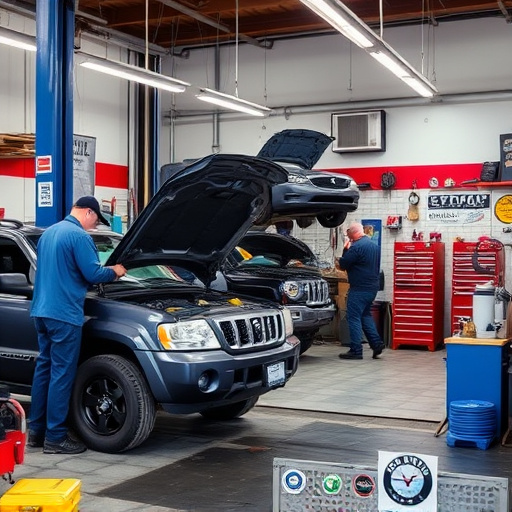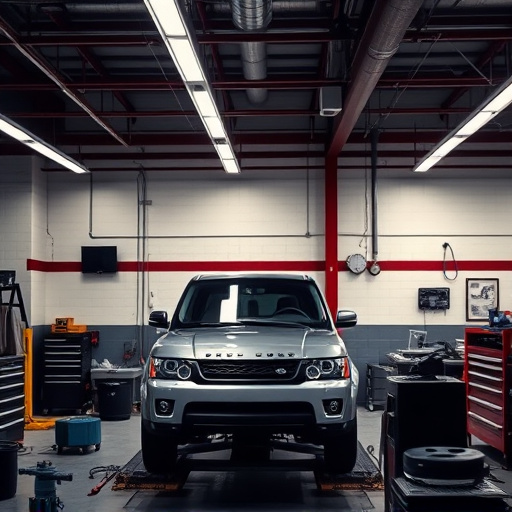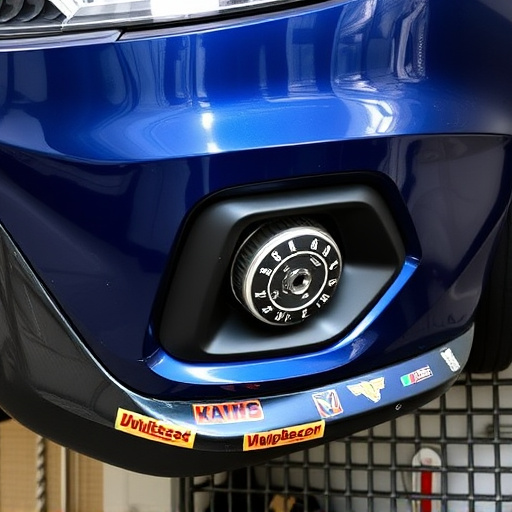OEM bumper replacement is crucial for maintaining vehicle safety and aesthetics. It ensures restored structural integrity compared to aftermarket parts. The process involves removing old bumpers, inspecting damage, precise alignment, secure mounting, quality checks, and test drives. This meticulous approach maximizes both visual appeal and safety features of vehicles, particularly important for fleet owners and car enthusiasts prioritizing optimal car maintenance.
An OEM (Original Equipment Manufacturer) bumper replacement is an excellent way to restore your vehicle’s original aesthetics and safety specifications. This process involves swapping out a damaged or outdated bumper with a factory-designed counterpart, ensuring precise fitment and enhanced structural integrity. By opting for an OEM bumper replacement, drivers not only improve their car’s look but also its overall value and safety ratings. The article breaks down the benefits and steps involved in this restorative procedure.
- Understanding OEM Bumper Replacement
- Benefits of Restoring Original Specifications
- The Process: From Removal to Installation
Understanding OEM Bumper Replacement
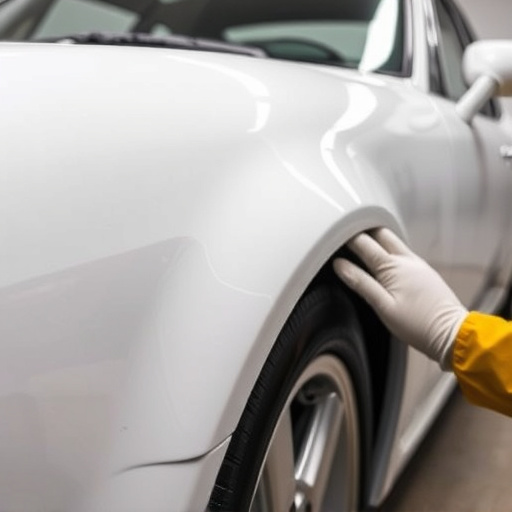
When it comes to vehicle maintenance, OEM bumper replacement is a crucial aspect often overlooked. OEM stands for Original Equipment Manufacturer, referring to the exact specifications and design as intended by the car producer. Replacing a bumper with an OEM part ensures that your vehicle returns to its original state after an accident or damage. This process involves using parts that precisely match the make and model of your car, guaranteeing both functionality and aesthetics.
For fleet owners and those in the automotive body work industry, understanding OEM bumper replacement is vital for providing top-notch auto repair services. It ensures that not only is the vehicle’s appearance restored but also its structural integrity. This practice promotes safety and reliability on the road, addressing potential issues arising from using aftermarket or non-original parts.
Benefits of Restoring Original Specifications
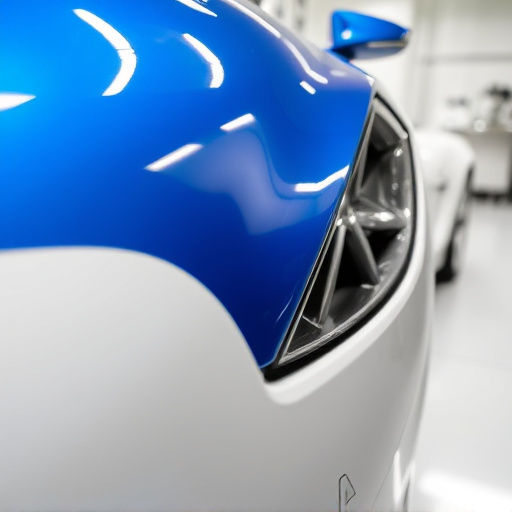
Restoring a vehicle’s original specifications through an OEM bumper replacement offers numerous advantages for car owners. One of the primary benefits is the seamless integration of the new bumper with the rest of the car’s design. An OEM bumper is specifically engineered to match the make and model of your vehicle, ensuring it fits perfectly and maintains the vehicle’s aesthetic appeal. This is particularly important for those who value their car’s appearance and want to preserve its original look.
Moreover, an OEM bumper replacement not only enhances the visual appeal but also improves the structural integrity of the vehicle. Bumper damage can compromise the safety features and impact absorption capabilities of a car. By replacing it with a genuine OEM part, you restore the vehicle’s ability to protect passengers and minimize damage in case of a collision. This ensures peace of mind, knowing that your car is not only looking its best but also performing optimally in terms of safety and protection, making it an essential aspect of regular car maintenance, especially when considering car bodywork services or vehicle dent repair.
The Process: From Removal to Installation
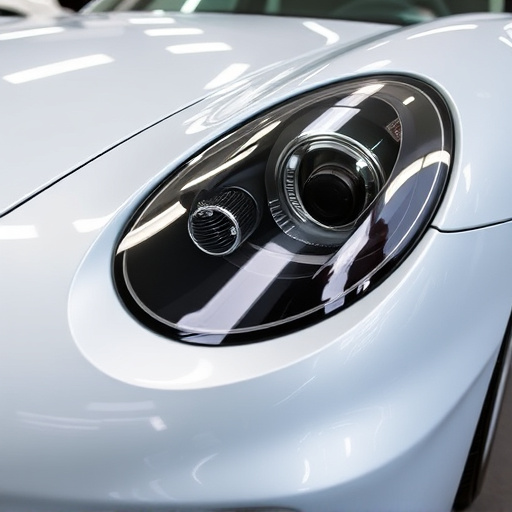
The process of an OEM bumper replacement involves several precise steps to ensure your vehicle returns to its original specifications. It begins with the careful removal of the old, damaged bumper. This is typically done by trained technicians at a trusted collision repair center or auto body shop, who will safely disassemble and set aside the components for proper disposal or recycling. Once the old bumper is removed, the underlying structure of the vehicle needs to be inspected for any damage or misalignment. Any hidden dents or scratches from the initial collision may need to be addressed through meticulous vehicle dent repair techniques before the new OEM bumper can be installed.
After thorough preparation, the new OEM bumper is fitted onto the vehicle. This involves aligning it precisely with the vehicle’s frame and ensuring all mounting points are correctly secured. The process concludes with a quality check, making sure every bolt and component is tight and secure. Once verified, the final step is to test drive the vehicle to ensure the new bumper functions as expected and seamlessly integrates with the car’s overall design, restoring its original aesthetic appeal and safety features.
OEM bumper replacement is a smart choice for vehicle owners seeking to restore their car’s original specifications. By replacing a damaged or outdated bumper with an authentic OEM part, you not only enhance your vehicle’s aesthetic appeal but also ensure it returns to its manufacturer’s intended design and safety standards. This article has outlined the benefits of this process, from improved appearance to enhanced structural integrity. Now armed with knowledge, consider taking the next step towards revitalizing your car’s look and safety features through an OEM bumper replacement.
